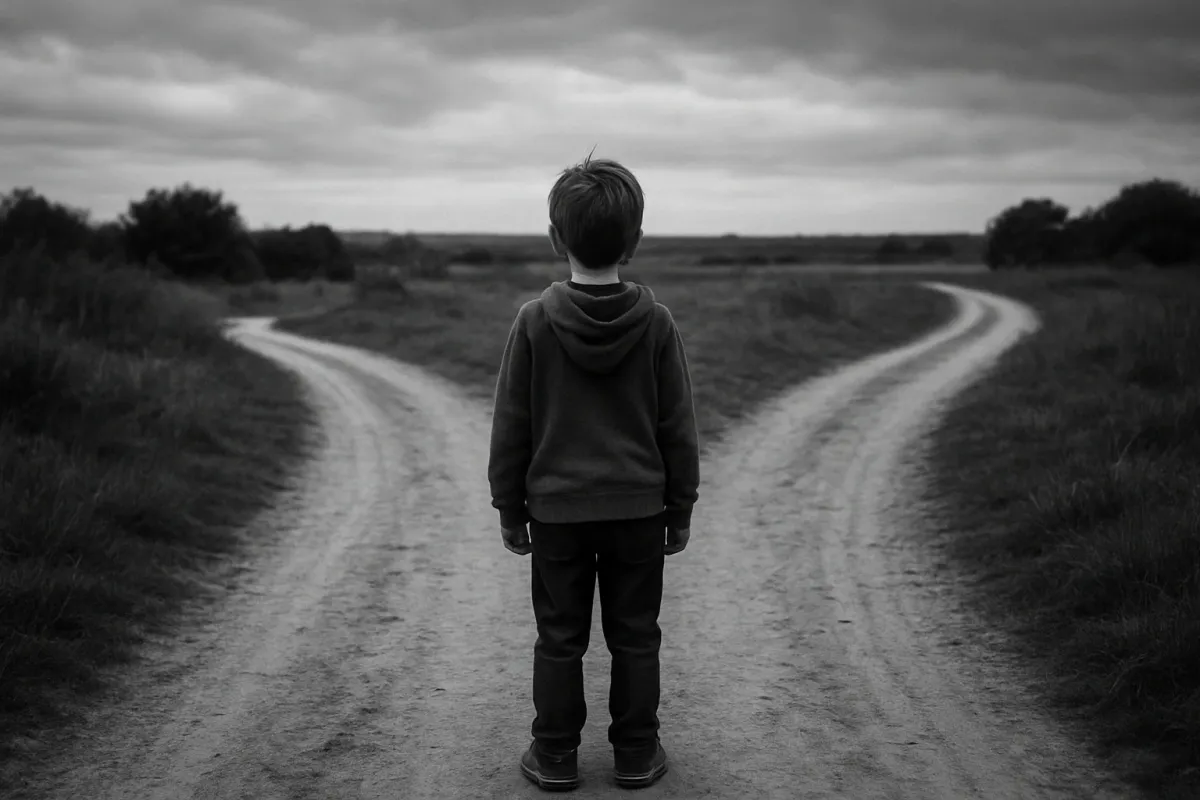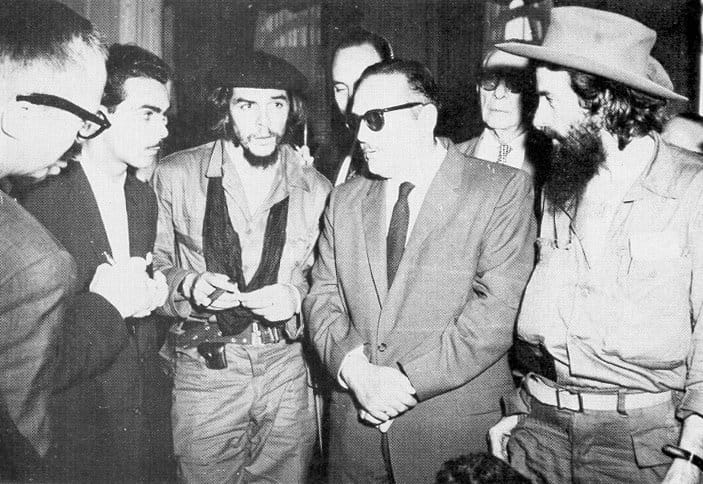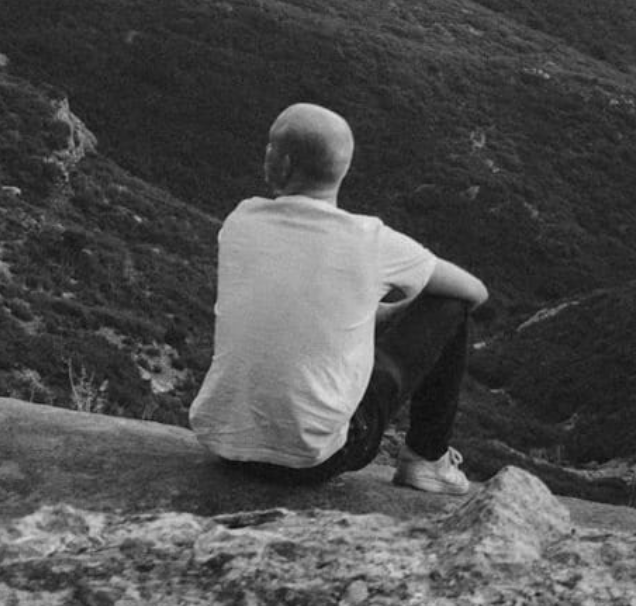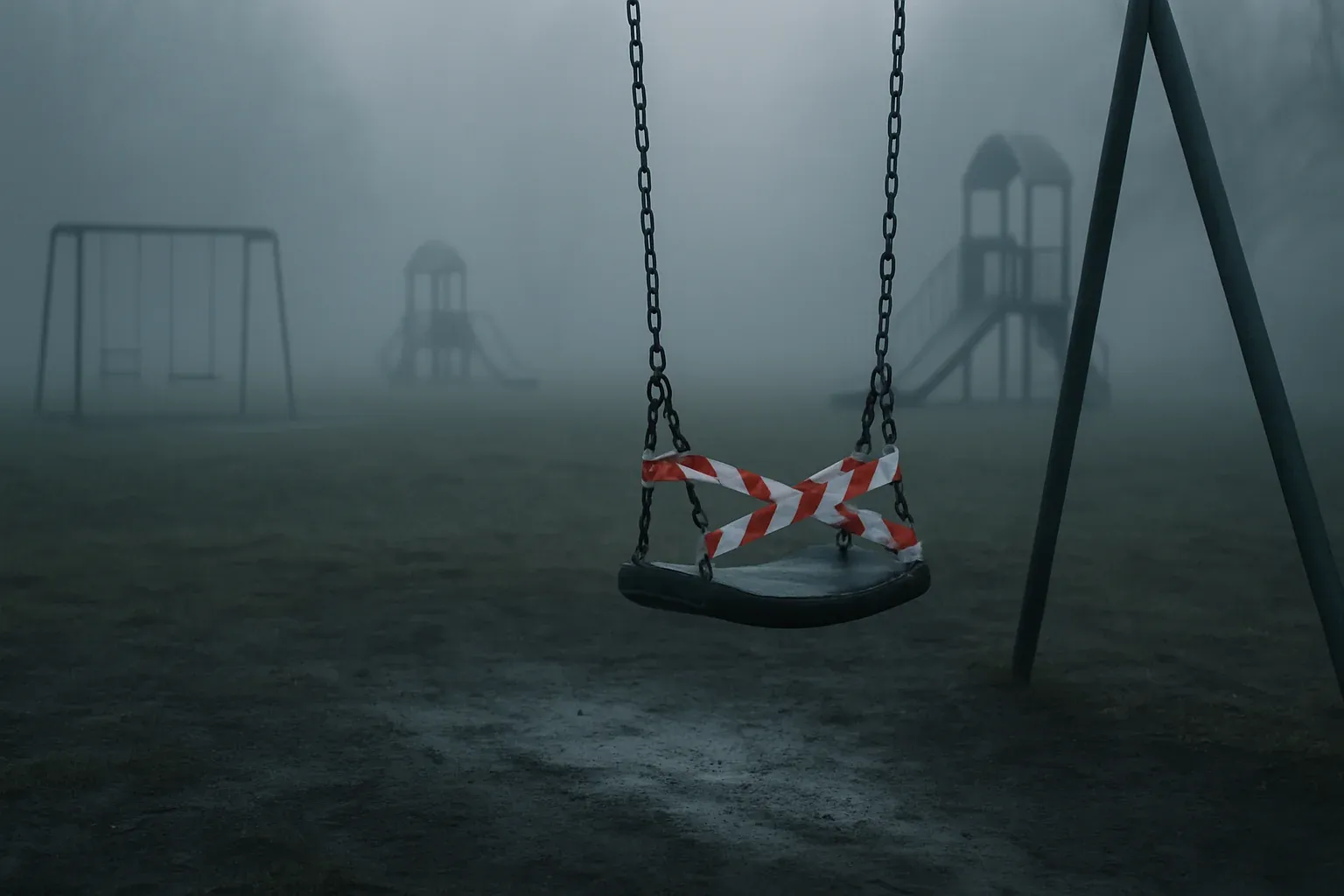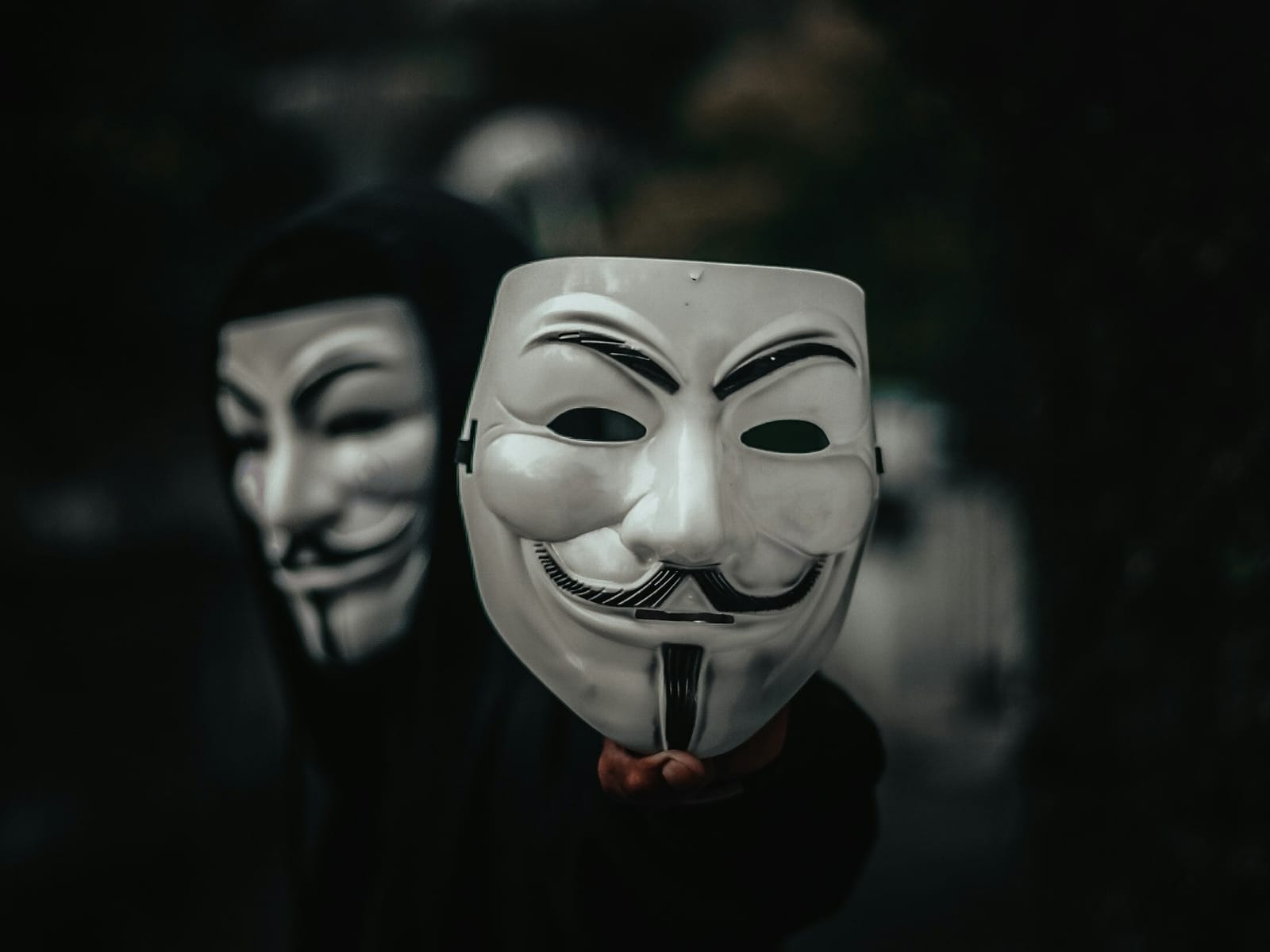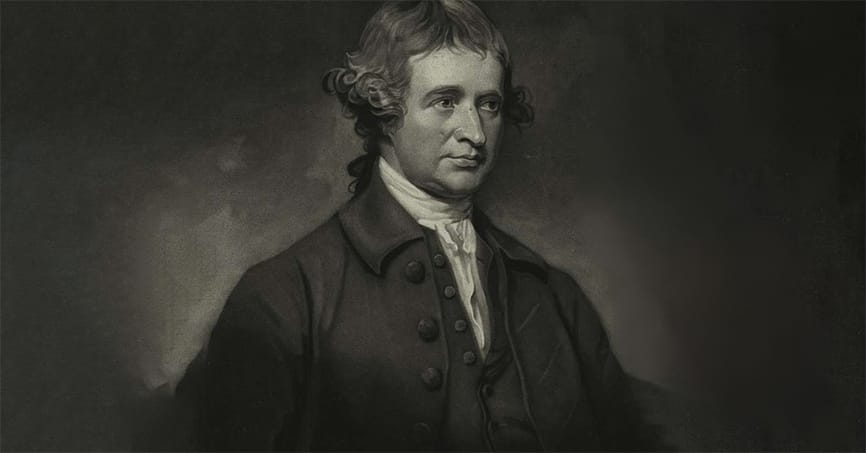It’s now five years since the Covid lockdowns. A strange sentence to write, not because of the passage of time, but because of how little that time seems to have clarified. That period, once so vivid, now feels oddly distant — like a dream you’re not sure you had or a novel you once read and half-remember. And yet, even as the memory fades, something of it remains lodged deep in the culture, like a splinter under the skin.
The lockdowns were a time of extraordinary upheaval: socially, politically, morally. But what I find most unsettling, in hindsight, is not the fact of the restrictions themselves — nor even the excesses of state power, though there were many. It is the eerie uniformity of the public response. The compliance. The shrugs. The way so many accepted extraordinary measures without question, while those who voiced doubts were dismissed as cranks, or worse.
I say this not as someone who denied the risks of the virus. Like many, I understood the need for caution early on. But what emerged wasn’t just caution. It was a kind of moral panic — a collective willingness to surrender normal scepticism in the name of safety. Overnight, neighbours became informants. Dissenting scientists were silenced or smeared. Children were masked, playgrounds were taped off. The logic of lockdown became, for a time, the logic of everything.
Think better. Get the FREE guide.
Join Veridaze and get 10 Mental Tools for Clearer Thinking — a free guide to cutting through noise, confusion, and nonsense.
And yet now, barely five years later, it feels as though the whole thing has been wrapped in cotton wool and filed away. There has been no serious reckoning. No proper public debate. The sheer scale of what happened — to our liberties, to our norms, to our sense of one another — has been quietly buried.
The logic of lockdown became, for a time, the logic of everything.
I wonder if part of the reason is that many would prefer not to revisit the questions that time raised. What does it say about us that we went along with so much? That many who pride themselves on compassion cheered for policies that left the elderly to die alone and children to go feral behind screens? That so few asked whether the medicine might, at some point, have become worse than the disease?
These are uncomfortable reflections. But perhaps the most uncomfortable of all is this: that the divide exposed during that time — between those who questioned and those who complied — has not gone away. It lingers. Not always explicitly, but as a subtle estrangement. A quiet sense that we are not quite the same as we were — not just as individuals, but as a society.
I feel it still, walking through a world that has largely moved on. I don’t dwell on it. I don’t talk about it often. But sometimes, I catch myself looking at old friends, colleagues, neighbours, and wondering: were we ever really on the same side of anything?
This isn’t about resentment. It’s about recognition — that something was revealed in that moment, something few of us were ready to see. And until we’re willing to look at it head-on, we’ll go on living in a society slightly out of step with itself, haunted not just by a virus, but by our reaction to it.
Further reading
The Psychology of Totalitarianism by Mattias Desmet
A provocative exploration of mass formation and the psychological mechanisms that enable widespread conformity.
The Madness of Crowds by Douglas Murray
A sharp, controversial look at modern ideological movements and how groupthink takes root.
Extraordinary Popular Delusions and the Madness of Crowds by Charles Mackay
A classic 19th-century study of mass hysteria, financial bubbles, and collective irrationality — eerily relevant today.
The Righteous Mind by Jonathan Haidt
Essential reading on why good people can disagree so deeply — and how moral psychology fuels division.
Mistakes Were Made (But Not by Me) by Carol Tavris & Elliot Aronson
A brilliant dive into cognitive dissonance and why admitting we were wrong is so psychologically difficult.
If you found this useful, consider subscribing for more thought-provoking articles. And feel free to share your take in the comments below.
You might also like:

